
OR
Sirsiya dry port struggling to handle increasing imports
Published On: May 19, 2018 09:37 AM NPT By: Ritesh Tripathi
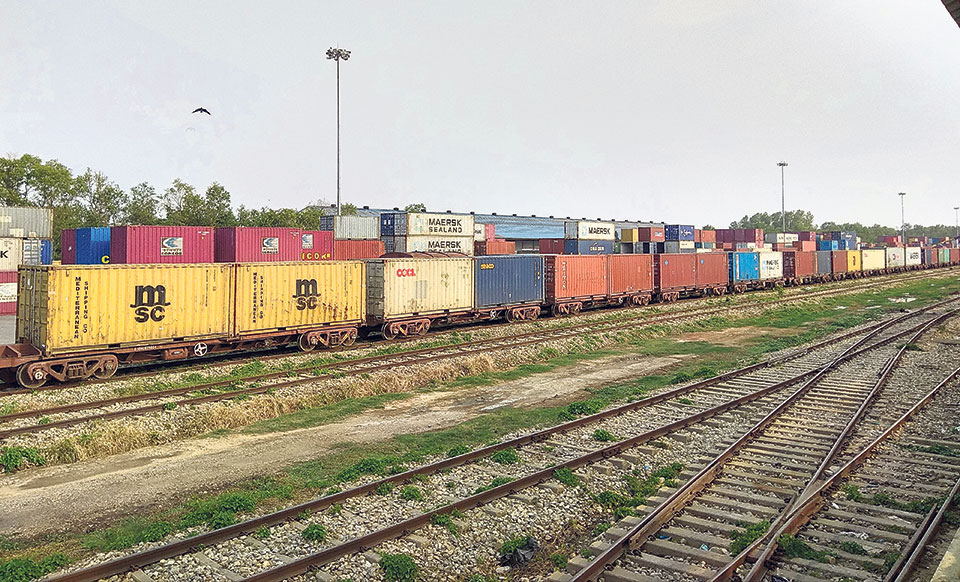
BIRGUNJ, May 19: Sirsiya dry port located in Birgunj is struggling to handle the increasing import of fertilizer, livestock feed, maize, beans, raw materials for iron products and container cargo from third countries. During its establishment in Fiscal Year 2004/2005, a total of 55 racks of goods had arrived at the dry port. Over the years, the import quantity has increased. In FY2017/18, the number of racks coming to the port has already reached 914, and it is expected to cross 1,000 by the end of the fiscal year.
“Analyzing the increasing transaction, we can assume that 100 racks will enter the port per month from the next fiscal year. As the port is struggling to handle imports now, we are more concerned about the future,” said Ashok Temani, executive member of Federation of Nepalese Chamber of Commerce and Industry (FNCCI). Currently, around 100 racks of clinker are unloaded at Muzaffarpur of India, 50 racks of goods are being unloaded at Raxaul of India, which will be transported to the dry port. There are more cargo containers that are coming here through the roadway, diverted by the Indian railway.
Nepal has to accommodate about 150 racks per month but there is nowhere to keep them at the dry port, Temani added. “Problems are raising but no one has the exact solution for it. We don’t have the infrastructure too,” Temani told Republica. Railway is preferred over roadway for more secure, faster and cheaper imports.
Of the racks coming to the port this fiscal year, 424 racks have entered with 38,160 containers from foreign countries. Similarly, around 245 iron racks have entered carrying 612,500 tons of construction raw materials. At the same time another 245 racks carrying 612,500 tons of goods like sugar, chemical fertilizer, pig iron, chicken feeds and others have entered the port.
“Indeed the size of import is increasing and we are serving the importers taking a risk,” said Bishnu Kanta Chaudhary, CEO of Himalayan Terminals. Chaudhary further said that the Himalayan terminals are not the one to expand the infrastructures. “We are just a manager of the dry port. Nepal government and concerned authorities have to sort out the problem,” Chaudhary added.
On the other hand, Temani said that policymakers are indifferent toward the problems of trade and transportation. According to him, to handle the increasing imports, the dry port needs to get renovated, new Inland Container Depot (ICD) should be added, and a separate railway yard should be constructed for the dusty cargo.
Importers have also complained that the lack of space has troubled them to import goods. “If we rely only on the dry port for importing raw materials, our industries will find it difficult to run even for a week. Indeed we are facing the lack of space at the dry port,” said Anurag Sharma, director of Jagadamba Steels.
In the previous fiscal year, around 72,000 containers entered Nepal, among which more than half were imported via the Sirsiya dry port. And this year, the number has been expected to cross 72,000. Similarly, demand for import of construction raw materials is high.
You May Like This
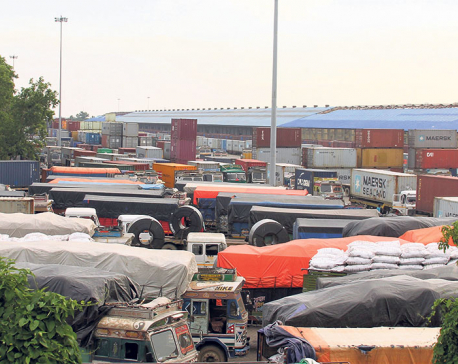
Railborne imports through dry port up 25 percent
BIRGUNJ, July 20: The number of containers coming to Sirsiya Dry Port in Birgunj from third countries via Indian ports increased... Read More...
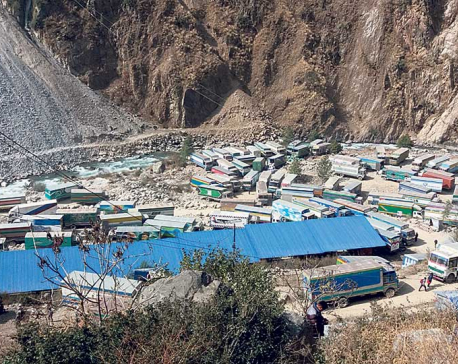
Rasuwagadhi dry port construction to begin after four months
RASUWA, Feb 4: Construction work for Rasuwagadhi dry port at Timure, Rasuwa, is set to kick off within the next four... Read More...

Cement production increasing, and so is clinker imports
KATHMANDU, Sept 28: Though the government has set a target of becoming self-sufficient in cement and its raw materials, the import... Read More...







Just In
- National Development Council meeting on Thursday to finalize 16th Plan
- Qatar Emir meets PM Dahal, bilateral agreement and MoUs signed between Nepal and Qatar
- Employee involved in distribution of fake license transferred to CIAA!
- Youth found dead in a hotel in Janakpur
- CM Kandel to expand cabinet in Karnali province, Pariyar from Maoist Center to become minister without portfolio
- Storm likely to occur in Terai, weather to remain clear in remaining regions
- Prez Paudel solicits Qatar’s investment in Nepal’s water resources, agriculture and tourism sectors
- Fire destroys 700 hectares forest area in Myagdi



_20240423174443.jpg)




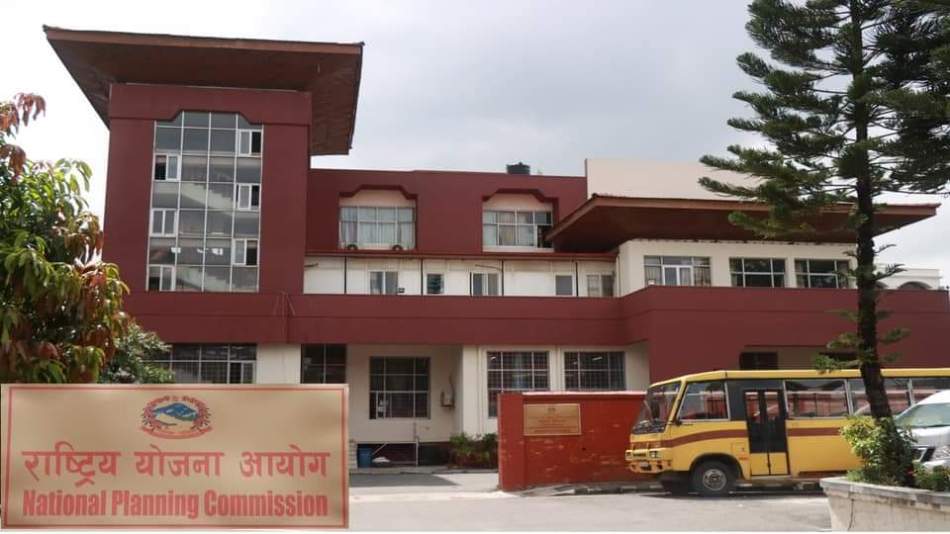

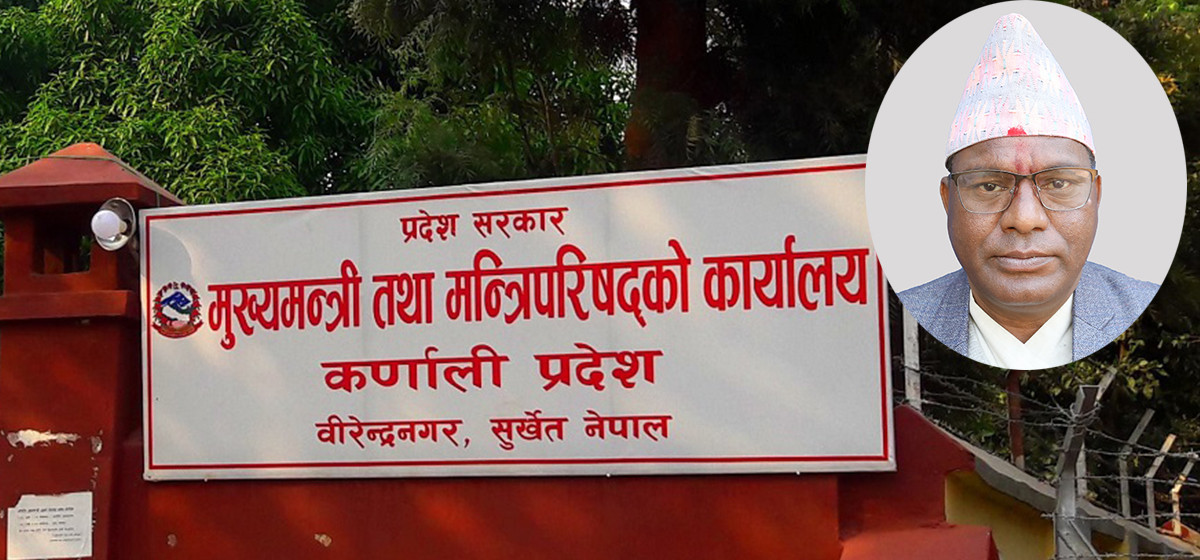

Leave A Comment